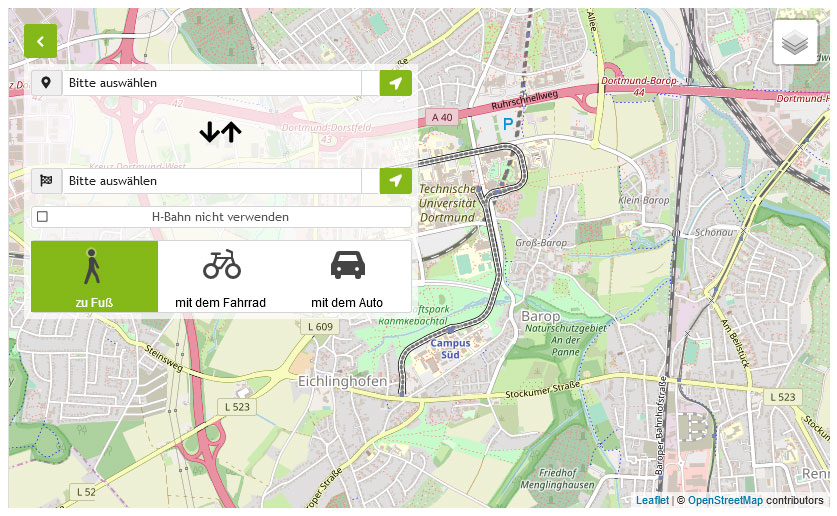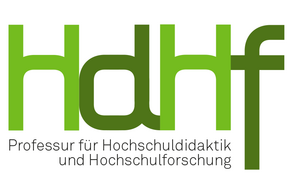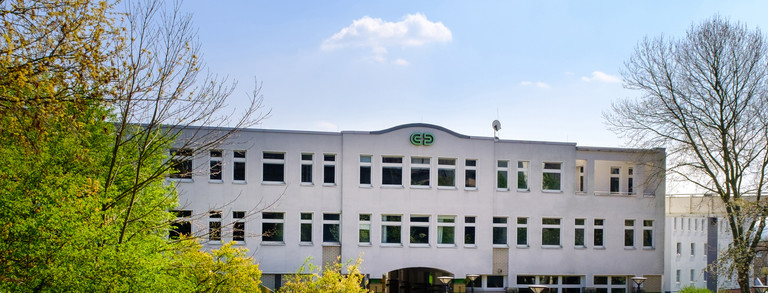Prof. Dr. Anna Kosmützky & Dr. Romy Wöhlert
Collaborative Research Projects: Forms, Research Conditions, and Challenges
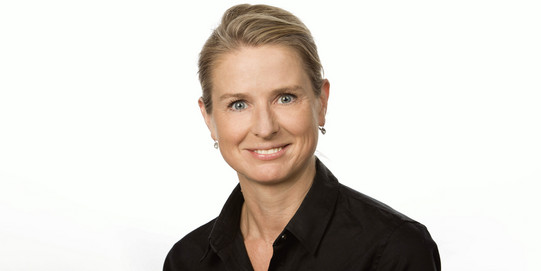
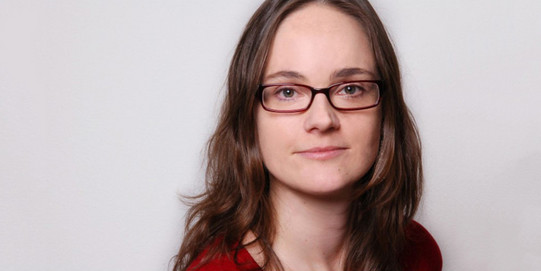
A so-called 'collaborative turn' and 'research collaboration revolution' is transforming contemporary scientific knowledge production and related practices. Collaborative research has a high reputation both within and outside the scientific community; it has been increasingly promoted by science policies, and by national and international funding agencies and foundations in the last few decades in a context of increasing dependence of research on competitive external grant funding. Such transformations shift the nature of collaboration more and more from informal collaborations without funding, or with institutional funding, to formal collaborations with project funding. Thus, conducting collaborative research today means to a considerable extent to design, launch, and carry out research in the form of a project, characterised by defined goals and tasks, a limited duration, short-term planning and often with specifically dedicated resources.
Our talk will focus on such collaborative research projects. Building on previous work (Kosmützky, 2018; Kosmützky & Wöhlert, 2021), we will provide a conceptualization of collaborative research projects as temporary organizations. Based on this conceptualization we will distinguish different forms of collaborative research projects and their research conditions and challenges. Finally, we will make suggestions for further research, and discuss some policy implications.
References
- Kosmützky, A. (2018). International Team Research in Comparative Higher Education: Shedding some Light on its Social Side. Journal of Comparative & International Higher Education, 10(Fall), 14–23.
- Kosmützky, A. & Wöhlert, R. (2021). Varieties of collaboration: On the influence of funding schemes on forms and characteristics of international collaborative research projects (ICRPs). European Journal of Education, 56(2), 182–199.
Anna Kosmützky is a sociologist and professor for the "Methodology of Higher Education and Science Research" at the Leibniz Center of Science and Society (LCSS) at the Leibniz University Hanover. She is an expert in international comparative research, and her research interests include higher education research, science research, and organizational studies with a focus on methodological issues, globalization of higher education, and organizational and institutional change of universities. Currently, she conducts empirical research projects on multiple competition dynamics in higher education, collaboration networks of organizations, and collaborative team research.
Romy Wöhlert holds a PhD in Sociology from the University of Bielefeld and currently works as a research project manager for the Kindervereinigung Leipzig e.V. in a BMBF-funded collaborative research project. Prior to that, she gained profound experience in collaborative research and international project management through her work at the German Institute for Economic Research in Berlin, the University of Leipzig, and the Austrian Academy of Sciences. Her expertise lies in inter-group relations and team dynamics, international comparative methodology, and international and intercultural communication, with a special focus on academic communication and collaborative research teams.
Wednesday, 19 January 2022, 4.00–5.30 p.m. | Online
Center for Higher Education (zhb)
Professorship of Higher Education

